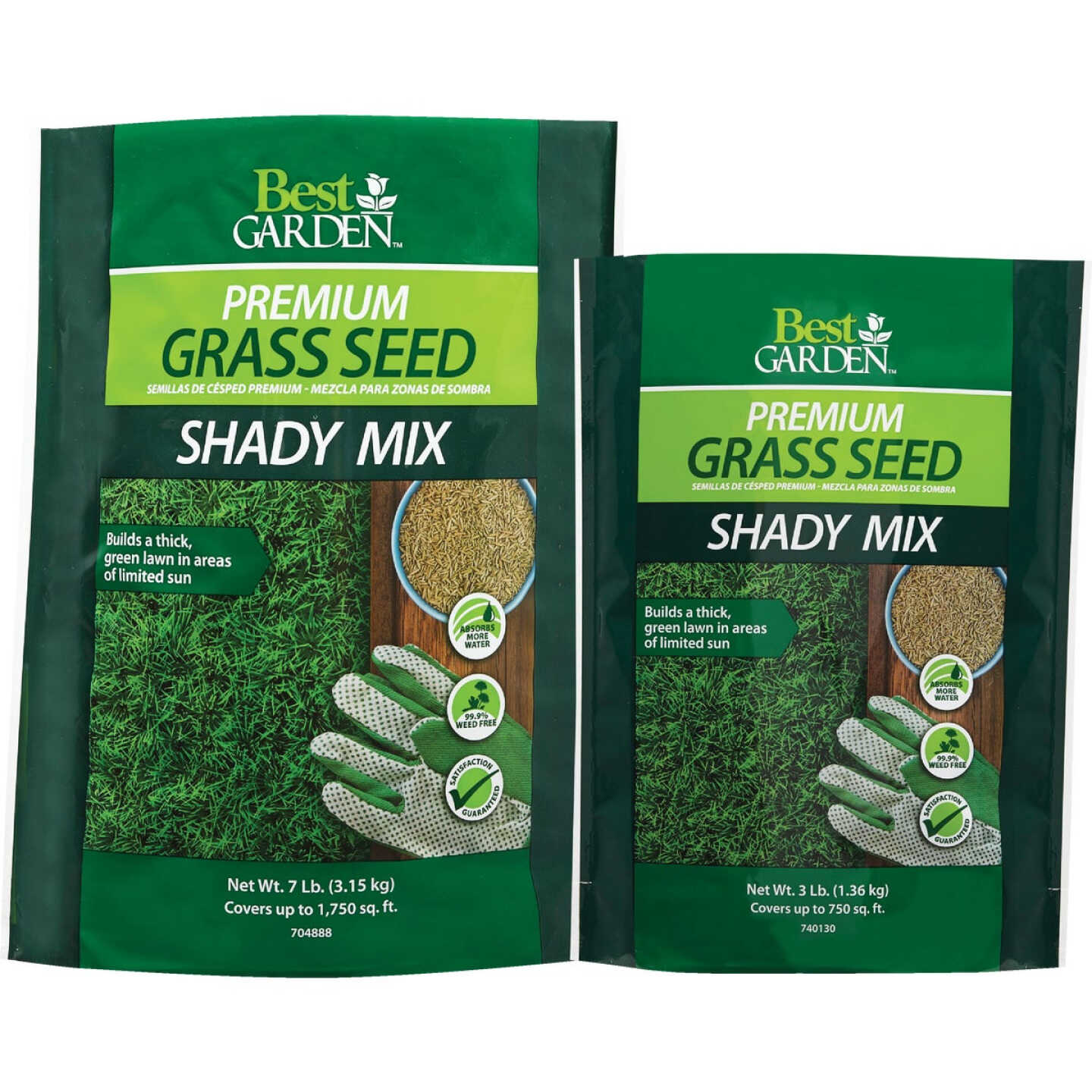Introduction
Australia’s diverse climate and soil conditions create an environment where various lawn weeds can thrive. Identifying and controlling these weeds is essential for maintaining a healthy, lush lawn. This guide covers some of the most common lawn weeds Australia their characteristics, and effective methods for controlling them.
1. Bindii (Jo-jo Weed)
Description: Bindii is a low-growing, annual weed with small, fern-like leaves. It produces sharp, spiny seed pods that can be painful when stepped on.
Control Methods:
- Manual Removal: Hand-pull small infestations, ensuring the entire root system is removed.
- Herbicides: Use selective herbicides like MCPA or Dicamba. Apply in early spring before the weed sets seeds.
- Prevention: Maintain a thick, healthy lawn through regular mowing, watering, and fertilizing to outcompete bindii.
2. Clover
Description: Clover is a perennial weed with trifoliate leaves and small white or pink flowers. It spreads quickly and thrives in low-nitrogen soils.
Control Methods:
- Manual Removal: Hand-pull small clover patches, ensuring roots are removed.
- Herbicides: Use selective broadleaf herbicides containing MCPA, Dicamba, or Mecoprop. Apply when the clover is actively growing.
- Fertilization: lawn weeds Australia Apply a nitrogen-rich fertilizer to promote grass growth and outcompete clover.
3. Dandelion
Description: Dandelions are perennial weeds with deeply lobed leaves and bright yellow flowers that turn into fluffy seed heads. They have a deep taproot.
Control Methods:
- Manual Removal: Use a weed puller or digger to remove the entire taproot.
- Herbicides: Use selective broadleaf herbicides containing 2,4-D or Dicamba. Apply when the dandelions are young and actively growing.
- Mowing: Regularly mow the lawn to prevent dandelions from flowering and seeding.
4. Winter Grass (Poa annua)
Description: Winter grass is a cool-season annual grass with light green, fine-textured leaves. It produces seed heads even at a low height.
Control Methods:
- Manual Removal: Hand-pull small patches, ensuring the roots are removed.
- Herbicides: Use pre-emergent herbicides containing Prodiamine or Pendimethalin in late summer to early autumn before seeds germinate.
- Maintenance: Maintain a healthy lawn through proper fertilization and mowing to outcompete winter grass.
5. Oxalis (Creeping Woodsorrel)
Description: Oxalis is a low-growing perennial weed with heart-shaped leaves and yellow or pink flowers. It spreads through both seeds and underground runners.
Control Methods:
- Manual Removal: Hand-pull or dig out small patches, ensuring all roots and runners are removed.
- Herbicides: Use selective broadleaf herbicides containing Bromoxynil or MCPA. Apply when the weed is actively growing.
- Mulching: Apply a thick layer of mulch in garden beds to suppress oxalis growth.
6. Nutgrass (Cyperus rotundus)
Description: Nutgrass is a perennial sedge with narrow, grass-like leaves and triangular stems. It produces underground tubers (nutlets) that make it difficult to eradicate.
Control Methods:
- Manual Removal: Dig out small patches, ensuring all nutlets are removed. This can be challenging due to the deep root system.
- Herbicides: Use selective sedge herbicides like Halosulfuron (SedgeHammer+). Apply when the nutgrass is actively growing.
- Soil Improvement: Improve soil drainage and fertility to promote healthy grass growth, which can outcompete nutgrass.
7. Kikuyu Grass
Description: Kikuyu is a vigorous, creeping perennial grass that can become invasive. It has broad, light green leaves and spreads via stolons and rhizomes.
Control Methods:
- Manual Removal: Hand-pull small patches, ensuring all stolons and rhizomes are removed.
- Herbicides: Use non-selective herbicides like Glyphosate for spot treatments. For larger areas, use selective herbicides like DSMA.
- Barriers: Install physical barriers around garden beds to prevent kikuyu from spreading.
8. Creeping Charlie (Ground Ivy)
Description: Creeping Charlie is a perennial weed with round, scalloped leaves and purple flowers. It spreads through creeping stems and root nodes.
Control Methods:
- Manual Removal: Hand-pull small patches, ensuring all stems and roots are removed.
- Herbicides: Use selective broadleaf herbicides containing Triclopyr or Dicamba. Apply when the weed is actively growing.
- Cultural Practices: Improve lawn health through proper mowing, watering, and fertilization to outcompete creeping Charlie.
Integrated Weed Management Tips
- Regular Monitoring: Regularly inspect your lawn for weed emergence and address issues promptly.
- Healthy Lawn Practices:
- Mowing: Mow at the appropriate height for your grass type to promote dense growth and shade out weeds.
- Watering: Water deeply but lawn weeds Australia infrequently to encourage deep root growth and reduce weed seed germination.
- Fertilization: Apply balanced fertilizers based on soil test results to ensure your lawn has the nutrients it needs to thrive.
- Aeration and Overseeding: Aerate your lawn annually to reduce soil compaction and overseed with desirable grass species to fill in bare spots and prevent weed establishment.
- Proper Herbicide Use: Always follow label instructions for herbicide application, and use the appropriate product for the specific weed and lawn type.
- Environmental Considerations: Avoid herbicide applications before heavy rain to prevent runoff and potential water contamination.
Conclusion
Controlling lawn weeds Australia requires a combination of proper lawn care practices and the use of effective herbicides. By understanding the characteristics of common weeds and implementing integrated weed management strategies, you can maintain a healthy, weed-free lawn. Regular monitoring, timely intervention, and consistent lawn maintenance are key to keeping your lawn looking its best.
